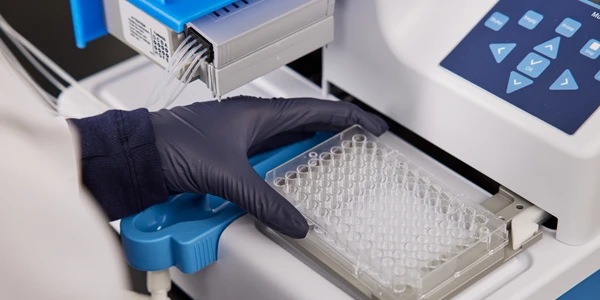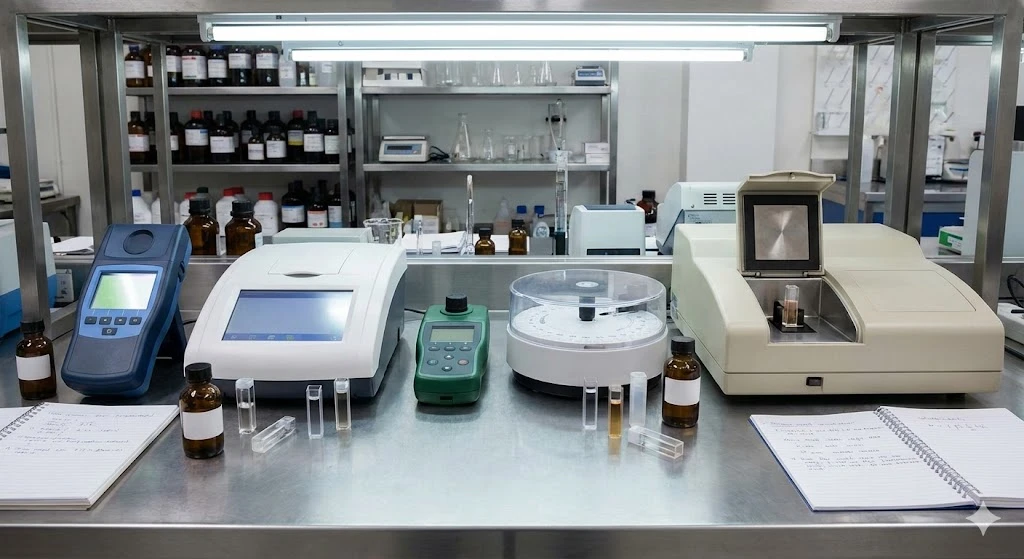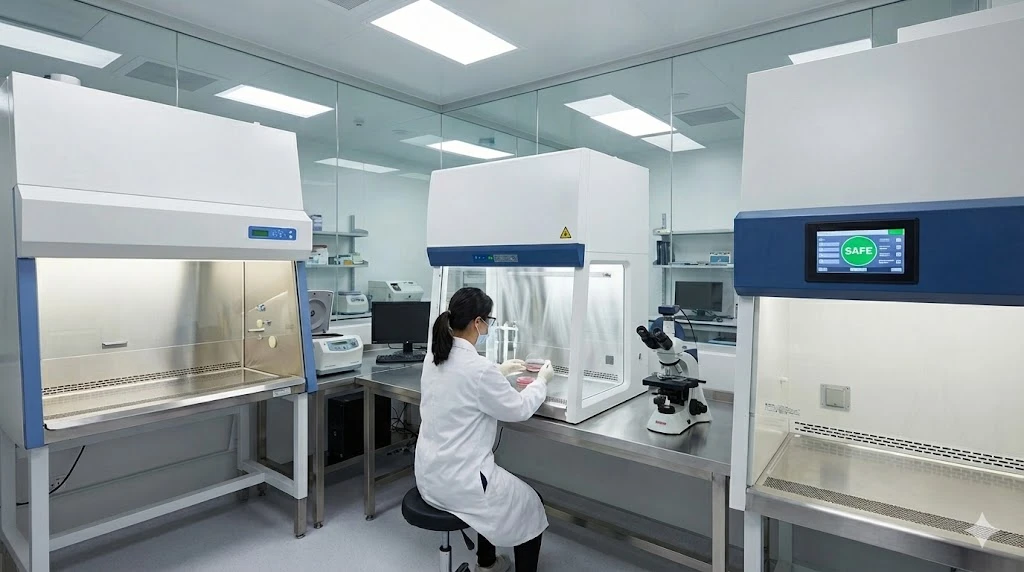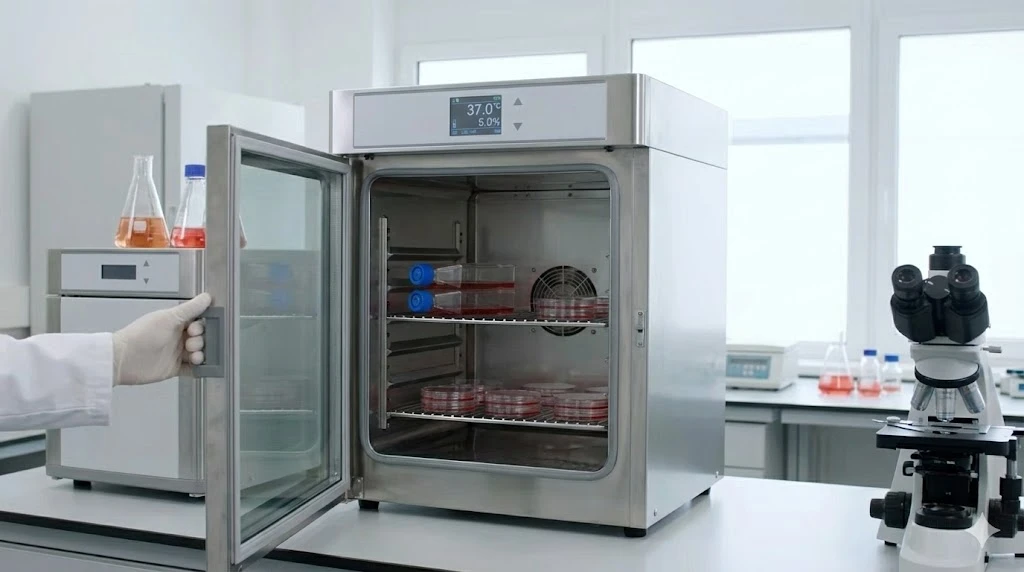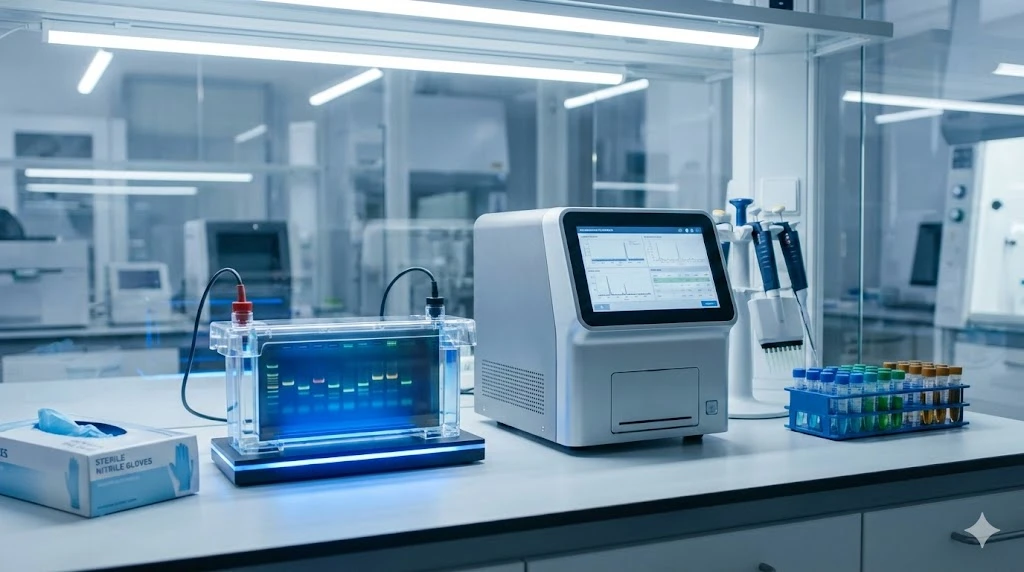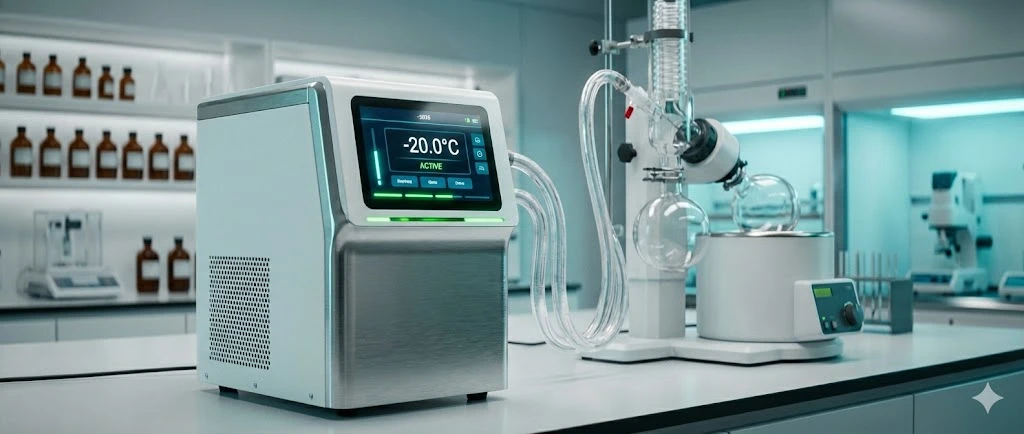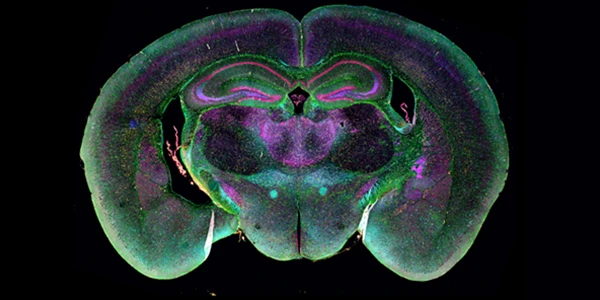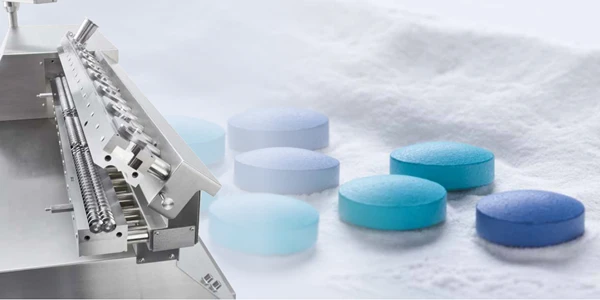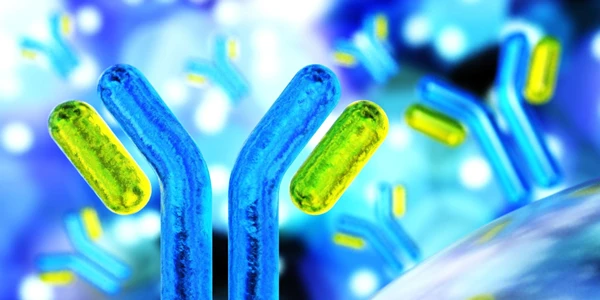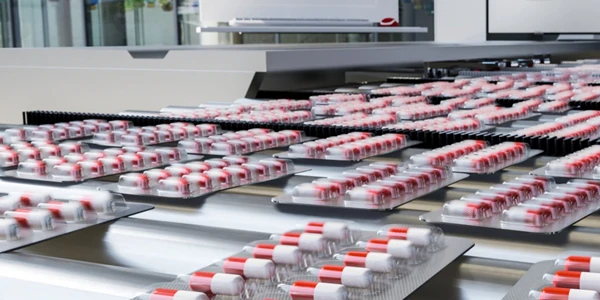Applications of Capillary Electrophoresis in Forensic Science
GEMINI (2025) The continued reliance on precise analytical techniques is paramount in modern forensic science. The demand for higher resolution, increased sensitivity, and faster turnaround times has positioned capillary electrophoresis (CE) as an indispensable methodology. This separation technique leverages differential migration rates of charged molecules within an electric field applied across a narrow capillary, offering superior resolving power compared to traditional slab gel methods. The method's ability to analyze minute sample volumes—often in the picoliter range—is uniquely suited to the constraints and challenges inherent in trace evidence analysis, making it fundamental to several sub-disciplines within the forensic laboratory environment. The analysis of short tandem repeats (STRs) constitutes the backbone of forensic DNA typing and is the most widespread application of capillary electrophoresis in forensic science. The transition from traditional slab gel electrophoresis to automated CE revolutionized DNA analysis by offering unparalleled speed, accuracy, and automation necessary for processing high volumes of casework. STR loci, composed of repetitive nucleotide sequences (typically 2–7 base pairs in length), are highly polymorphic in the human population. The forensic process relies on determining the precise length of these fragments for individual identification and comparison. The core principle involves separating fluorescently labeled DNA fragments based on their size-to-charge ratio within a polymer-filled capillary. Polymer sieving electrophoresis (PSE), a specific mode of CE, utilizes a linear polyacrylamide or polyethylene oxide matrix within the capillary to create an effective sieving medium, which mimics the function of a gel. As the negatively charged DNA fragments migrate toward the anode, smaller fragments move more easily through the polymer network and reach the detector before larger ones. Key components and advancements in CE for STR typing include: Laser-induced fluorescence (LIF) detection: Highly sensitive detection method allowing for the analysis of extremely low template DNA quantities common in crime scene samples. Multiplexing capabilities: Modern CE instrumentation enables the simultaneous separation and detection of 20 or more STR loci labeled with different fluorescent dyes, along with size markers, significantly increasing the power of discrimination in a single injection. Internal size standard: An internal ladder of known fragment lengths is run alongside the sample in every injection, allowing for precise and reproducible sizing of the unknown STR alleles. Automation and data analysis: Automated sample loading, electrophoretic run, and data processing ensure high-throughput capabilities and reduce human error, which is crucial for the stringent quality assurance requirements of forensic science. This approach ensures reliable, quantitative data that can be directly compared against established databases, such as the combined DNA index system (CODIS) in the United States, thereby efficiently linking individuals to crime scenes. Capillary electrophoresis is increasingly deployed in forensic toxicology laboratories for the screening, separation, and confirmation of xenobiotics, including drugs of abuse, therapeutic medications, and their metabolites in biological matrices such as blood, urine, and vitreous humor. The technique offers a distinct advantage due to its minimal sample consumption and the ability to handle complex, protein-rich biological fluids with less extensive sample preparation compared to methods like gas chromatography-mass spectrometry (GC/MS) or high-performance liquid chromatography (HPLC). Several modes of CE are routinely applied in this sector of forensic science: Capillary zone electrophoresis (CZE): This is the simplest mode, relying purely on the difference in electrophoretic mobility of ions in a homogeneous buffer. It is highly effective for separating charged, low molecular weight analytes like amphetamines or opioid metabolites. Micellar electrokinetic chromatography (MEKC): This variation extends CE’s utility to neutral compounds by incorporating a surfactant (like SDS) into the buffer above its critical micelle concentration. These micelles act as a pseudo-stationary phase, allowing for partitioning mechanisms similar to chromatography, enabling the separation of neutral drugs like benzodiazepines or cannabinoids. Capillary electrochromatography (CEC): CEC combines the benefits of HPLC and CE by using a packed or monolithic stationary phase within the capillary, further enhancing separation selectivity for complex mixtures of compounds. The high resolution offered by CE is particularly valuable in distinguishing closely related isomers or isobaric compounds—such as various synthetic cathinones (bath salts)—that often present challenges for mass spectrometry without prior efficient separation. Furthermore, the compatibility of CE with different detection systems, including UV-vis, diode array detection (DAD), and increasingly, mass spectrometry (CE-MS), provides the specificity required for confirmatory analysis in forensic toxicology. The rapid method development and low running costs further cement CE's position as a powerful tool in modern toxicological practices within the realm of capillary electrophoresis in forensic science. Beyond biological sample analysis, the versatility and sensitivity of capillary electrophoresis are leveraged in forensic science for the analysis of non-biological trace evidence, which often involves small, highly charged molecules. This includes the identification and characterization of items such as explosives, gunshot residue (GSR) components, dyes, and inks. Forensic examination of post-blast debris necessitates a technique capable of resolving a wide array of organic and inorganic compounds present in explosive mixtures. Inorganic analysis: The primary constituents of improvised explosive devices (IEDs) often include inorganic ions (e.g., chlorate, nitrate, perchlorate). Ion analysis by CE, often utilizing indirect UV detection, is fast and efficient, allowing for the simultaneous determination of both cations and anions. Organic analysis: High explosives (e.g., TNT, RDX, PETN) are typically neutral or weakly acidic/basic. MEKC is frequently employed, leveraging the pseudo-stationary micellar phase to separate these lipophilic organic explosive compounds. The minimal sample preparation is advantageous given the highly contaminated nature of post-blast matrices. Traditional GSR analysis focuses on morphology and elemental composition, but CE provides an analytical route for characterizing the organic components. Stabilizers, plasticizers, and other components from smokeless powders and propellants leave behind organic residues. Organic analysis of propellants: CE is adept at separating nitrocellulose stabilizers (e.g., diphenylamine and its nitrated derivatives) and plasticizers. This analysis aids in the identification of the type of ammunition used, providing valuable corroborative evidence. Challenges: The minute quantities and complex matrices inherent in GSR samples require the highest sensitivity, often making CE coupled with LIF or high-resolution mass spectrometry the technique of choice in forensic science. The use of capillary electrophoresis across these diverse forensic evidence types highlights its adaptability and superior separating power for minute samples, a fundamental requirement for the reliable generation of scientific evidence. Capillary electrophoresis has fundamentally transformed analytical capabilities across numerous disciplines within forensic science, offering a combination of speed, efficiency, and high resolving power that few other techniques can match. From enabling rapid and reliable multiplexed DNA profiling—a cornerstone of criminal justice investigations—to confirming the presence of trace drug metabolites in complex biological matrices, the methodology provides the specificity and sensitivity required for the most demanding casework. The future trajectory involves further miniaturization, integration with advanced mass spectrometric techniques, and development of novel separation matrices to broaden its application to new frontiers in trace evidence analysis. Continued research focused on optimizing separation conditions and improving detection limits will ensure that capillary electrophoresis remains an essential technology in the global forensic laboratory. What are the primary advantages of capillary electrophoresis over traditional gel electrophoresis in forensic science? The primary advantages of capillary electrophoresis include its high separation efficiency, significantly reduced analysis time, complete automation, and minute sample volume requirement, making it ideal for the limited and precious trace evidence encountered in forensic science. Which mode of capillary electrophoresis is most critical for forensic DNA typing? The most critical mode for forensic DNA typing is polymer sieving electrophoresis (PSE), a subtype of capillary electrophoresis that uses a viscous polymer solution to separate short tandem repeat (STR) fragments based strictly on their size, enabling accurate allele calling. Can capillary electrophoresis be used for confirmation in forensic toxicology? Yes, capillary electrophoresis, especially when coupled with mass spectrometry (CE-MS) or highly selective detection methods like laser-induced fluorescence, provides the necessary specificity and sensitivity to serve as a confirmatory analytical technique in forensic toxicology. How does capillary electrophoresis handle neutral compounds like certain drugs? Capillary electrophoresis handles neutral compounds using micellar electrokinetic chromatography (MEKC), which incorporates micelles into the running buffer. These micelles act as a pseudo-stationary phase, allowing neutral compounds to partition and separate based on hydrophobicity. This article was created with the assistance of Generative AI and has undergone editorial review before publishing.\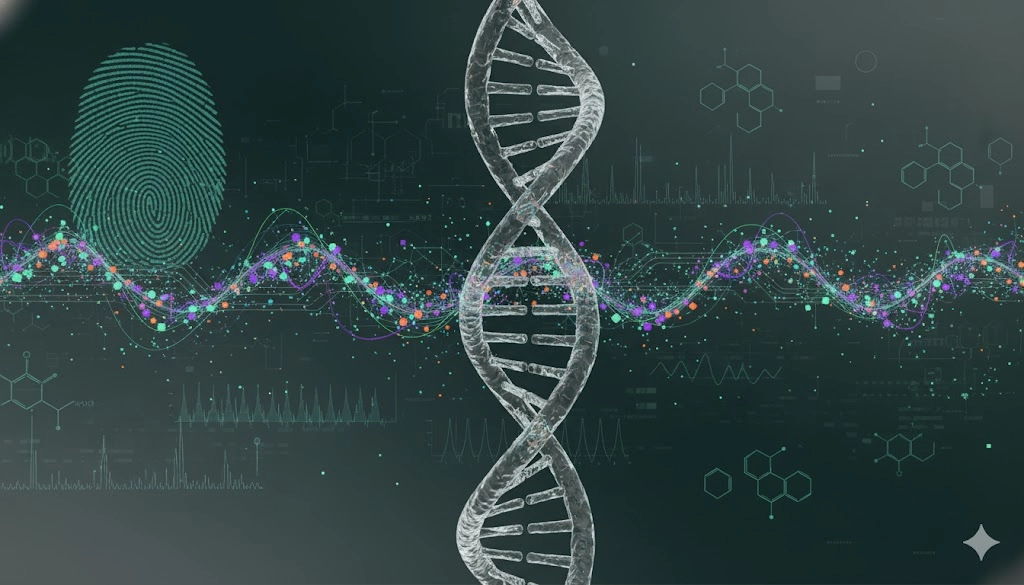
Capillary Electrophoresis in DNA Analysis: Short Tandem Repeat (STR) Typing
Forensic Toxicology and Detection of Xenobiotics Using Capillary Electrophoresis
Characterization of Non-Biological Trace Evidence by Capillary Electrophoresis
Analysis of Explosive Residues
Identification of Gunshot Residue (GSR) Components
The Crucial Role of Capillary Electrophoresis in Modern Forensic Casework
Frequently Asked Questions About Capillary Electrophoresis
